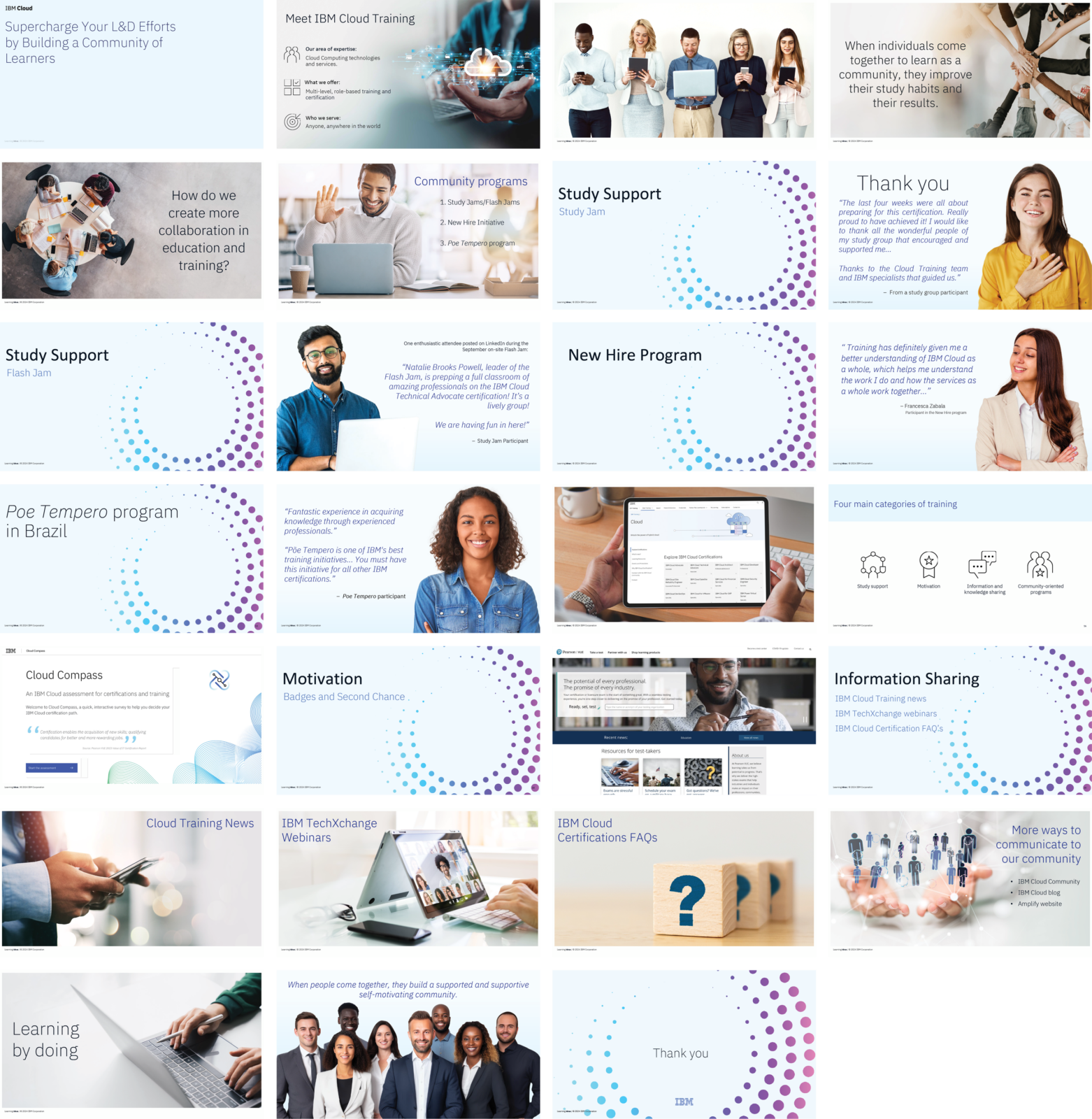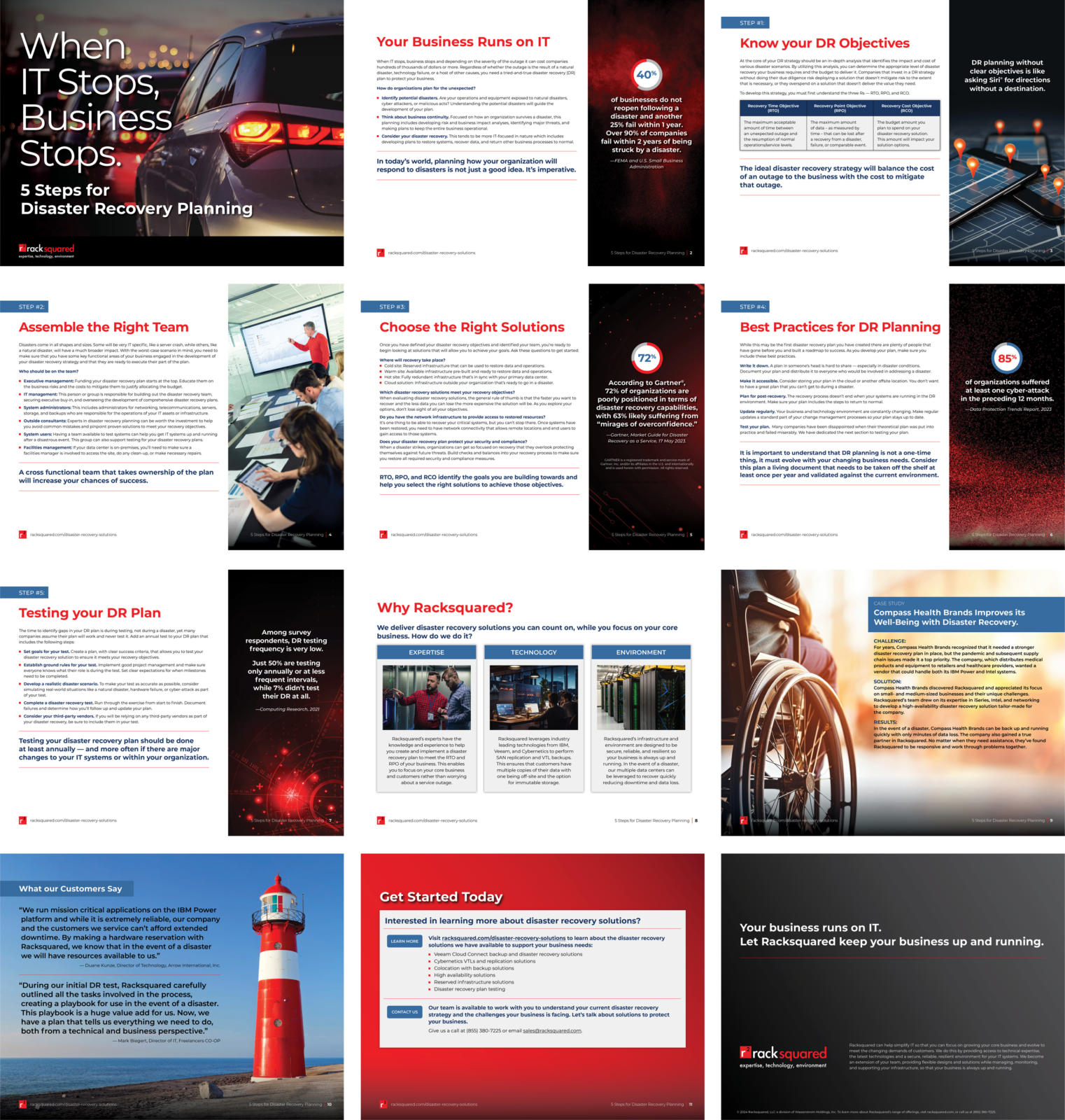by Sara Rider
New Strategic Plan Sets Educational Goals Crucial to State’s Success
As the year draws to a close, it’s not uncommon to look back at projects you’ve worked on, and also look ahead to see what the impact of those projects may be next year.
In the summer of 2015, we had the opportunity to work with The Texas Higher Education Coordinating Board as they prepared to bring their new strategic plan to the people of Texas. The new plan, 60x30TX, is a 15-year roadmap that sets goals for Texas higher education. It was a great project to work on, in part because meeting the plan’s goals is a vital part of future success for Texas and for Texans.
The plan focuses on what should be accomplished by 2030 for Texas to have the type of workforce it will need and for Texans to have the opportunities they deserve. As we worked with THECB on the plan, we became familiar with the four goals:
- By 2030, 60 percent of all Texas ages 25 to 34 will have a post secondary degree.
- In that same year, 550,000 students will complete a certificate, associate, bachelor’s or master’s degree.
- The programs these students complete will have identified marketable skills.
- The student loan debt for graduates of Texas public institutions will not exceed 60 percent of what their wages would be for their first year of employment following graduation.
All of these goals are aimed at people who will be between 25 and 34 in 2030. So if you have a child who is 10—or a teenager who is 19—the plan is aimed at your children.
I think part of why we found the work on 60x30TX so rewarding was that it complemented other work we had done for THECB, promoting an affordable baccalaureate. And it also echoed work on multiple projects for SEDL, the nonprofit research, development and dissemination organization based here in Austin. That work focused on changing the culture in schools and helping teachers and principals develop new skill sets for the classroom. So 60x30TX just seemed to take things to the next level—creating a plan that would help the state’s public institutions take the next step with higher education in Texas.
And these goals matter. Experts agree that higher education is still the best path to greater social and economic mobility for our citizens. For a state that likes to think of itself as number one, Texas doesn’t always do so well when it comes to creating an environment for success: Texas ranks 21st among states in providing economic and social mobility according to the Social Mobility Index. If you want an example of how greater education helped a generation, just look to Soldiers to Citizens, which recounts the changes that the GI Bill brought about after World War II. But even with that heritage, the U.S. hasn’t maintained the momentum of helping our citizens achieve economic mobility—according to numbers from the OECD, the U.S. provides the least economic mobility of any developed nation.
The goals also matter because Texas’ demographics are changing. By 2030, the race and ethnicity distribution of Texans between the ages of 25 to 34 will have become increasingly Hispanic. And all of the numbers say that this is a population traditionally underrepresented in higher education in Texas.
There’s a lot of work to do, if Texas is going to be ready for what the economy will need in a future where experts predict that the majority of jobs will require a postsecondary credential. Here’s hoping that as 2016 opens, and the new strategic plan begins, Texas—and Texans—move closer to a more educated, more mobile future.




